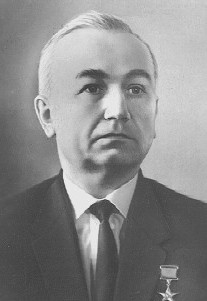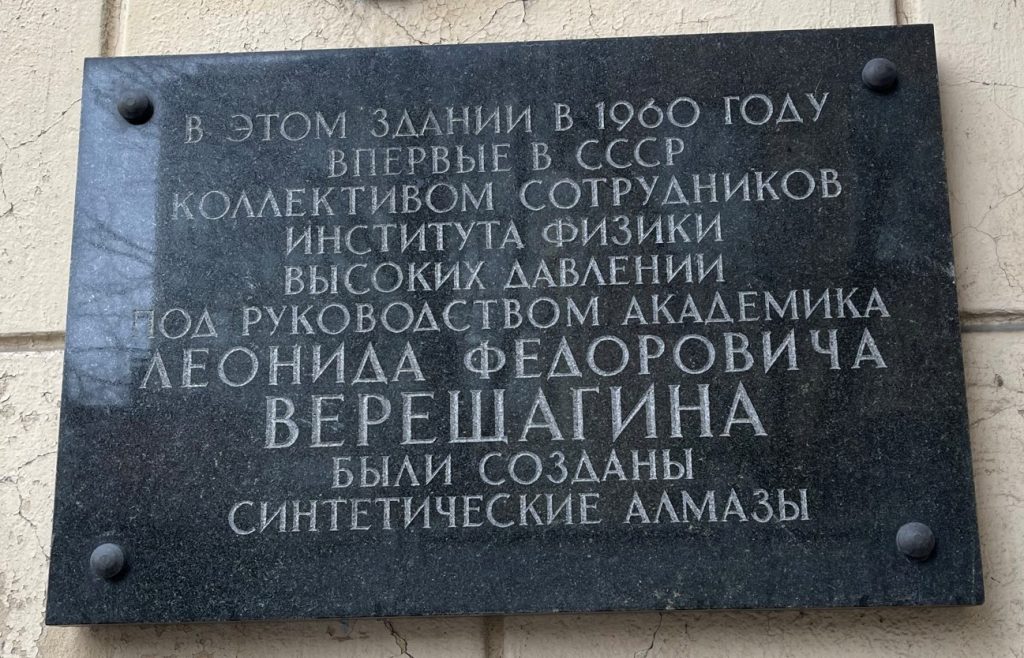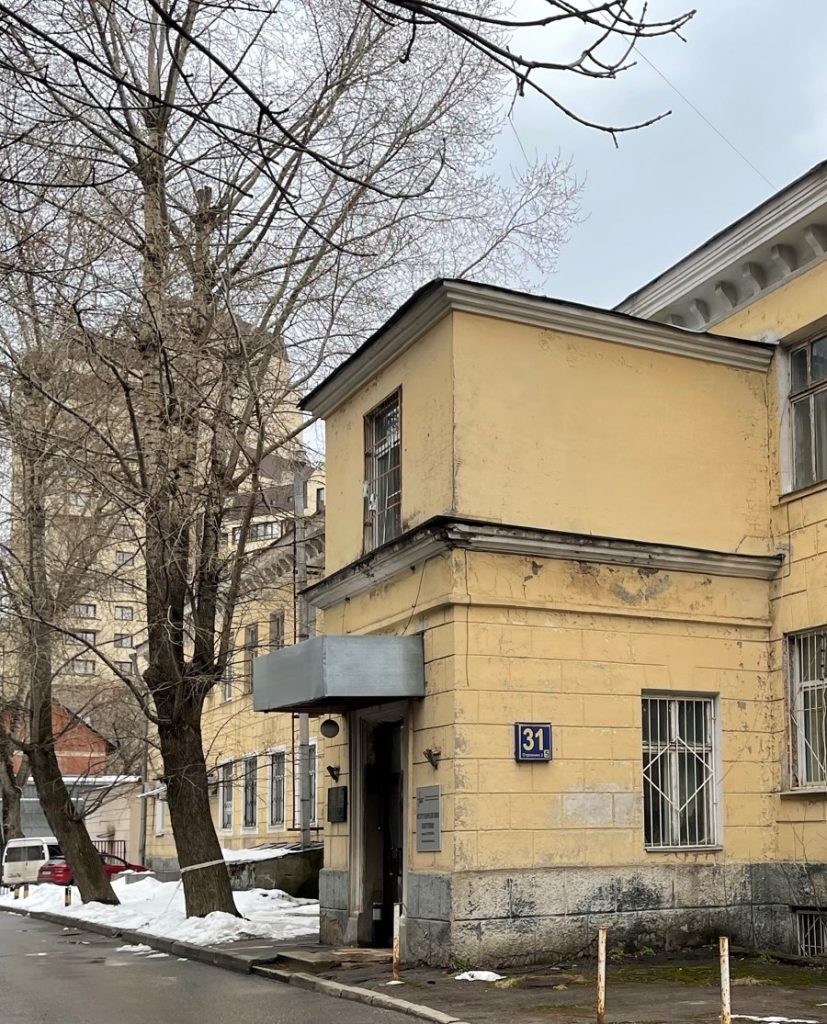Leonid Fedorovich
Vereshchagin
1909-1977

Leonid Fedorovich Vereshchagin was a Soviet physicist and chemist, teacher, the Hero of Socialist Labor. He was born in Kherson in the family of an employee. During the Civil War, the family fled from the revolution to Odessa. He graduated from a college (1924), and then a two-year chemical vocational school (specialty chemist-analyst). In 1926-1928 he studied at the Physics and Mathematics Faculty of the Odessa Institute of Public Education. He did not have a formally completed higher education, but by special permission of the Minister of Higher Education of the USSR S.V. Kaftanov he was admitted to teaching at universities. In 1932 he completed postgraduate studies at the Ukrainian Institute of Physics and Technology (UFTI) in Kharkov, where he completed the work “Determination of the structure of mercury bromide”. Then he worked in the research bureau of the Kharkov Turbine-Generator Plant; here he organized an X-ray laboratory and carried out work on the study of copper non-magnetic cast iron and Fe-Ni-Al alloys. Then the work on magnetism was continued at the low temperature laboratory of the UFTI, where he was invited in 1934. In 1940 he defended his PhD thesis “Investigation of the solubility of copper in aluminum at a pressure of 5000 atm”. Since 1939 he was in charge of the Ultrahigh Pressure Laboratory (SVD), created on the initiative of Academician N.D. Zelinsky at the Institute of Organic Chemistry (IOH). During the Great Patriotic War, he performed tasks of the USSR Academy of Sciences for the People’s Commissariat of Armament. In 1949 he received the degree of Doctor of Sciences without defending his dissertation. In 1953 he was approved as a professor of the Department of Physics and Chemistry of High Pressures, which had just been established at the Chemical Faculty of Moscow State University, and was appointed the Head of it in 1954. In the same year, the SVD Laboratory at the IOH was transformed into the SVD Physics Laboratory at the Department of Technical Sciences of the USSR Academy of Sciences; the latter in 1958, on the initiative of L.F. Vereshchagin, was reorganized into the Institute of High Pressure Physics of the USSR Academy of Sciences (Troitsk, the Moscow Region), which he headed. In 1973 he created the Department of High Pressure Physics at MIPT. He was a corresponding member of the USSR Academy of Sciences (1960), Academician (1966). He made a great contribution to the creation and improvement of high-pressure equipment for scientific research and technological work at high and ultra-high (megabar) pressures. He led the development of scientific foundations and the creation of industrial production of synthetic super hard materials — diamond and cubic boron nitride. In the early 1970s, he was one of the first in the world to put forward the concept of “metallization” of matter at very high pressures. This concept was confirmed experimentally only after 10-15 years. In 1974 the Institute of High Pressure Physics of the USSR Academy of Sciences under the leadership of Academician L.F. Vereshchagin began to synthesize diamonds. The first obtained diamonds were fine powder for the abrasive industry, then ballas (spherical diamonds), carbonado and borts (opaque diamonds) were obtained. During the tests, it was found that the artificial grades obtained by the institute’s employees are stronger than the best grades of natural diamonds (for example, drill bits made of synthetic carbonados turned out to be one and a half times stronger than natural ones, and the lugs made of artificial ballasts in the equipment for drawing tungsten and molybdenum wire withstood 5-6 working shifts instead of three). Under the leadership of L.F. Vereshchagin for the first time in the world metallic hydrogen was obtained, reports about it were published in 1975. He was the author of more than 200 scientific articles and more than 200 copyright certificates and patents.
Address: Moscow, Leninsky Prospekt, 31, bldg. 5, p. 2

